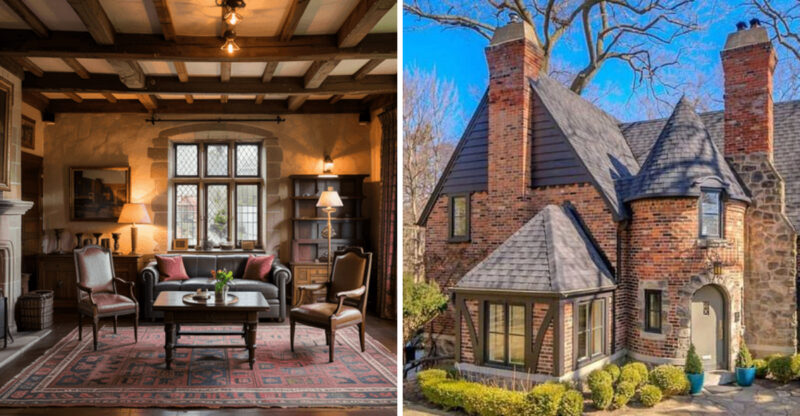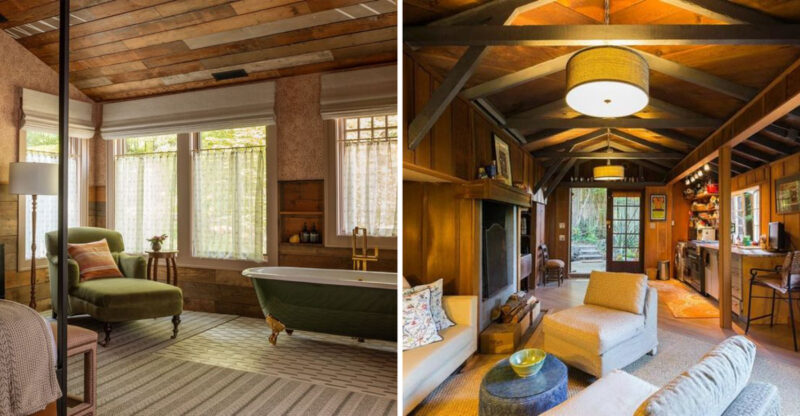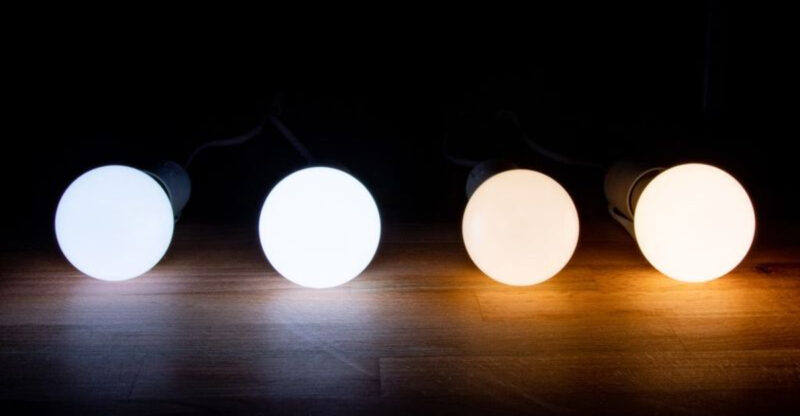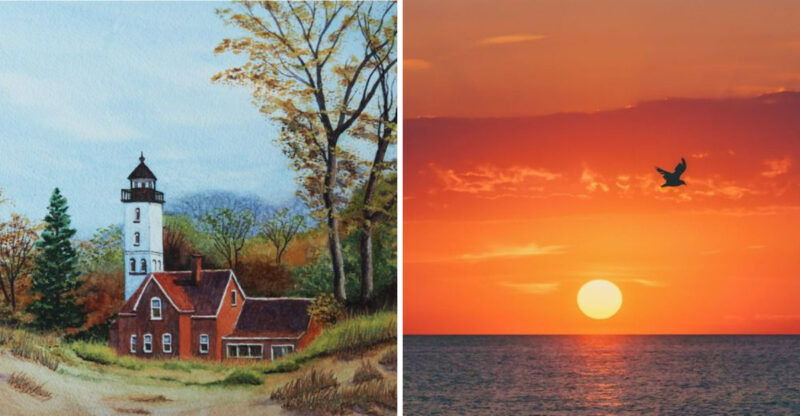8 Washington House Styles With Hidden Charm And 6 That Become Top Picks In 2025
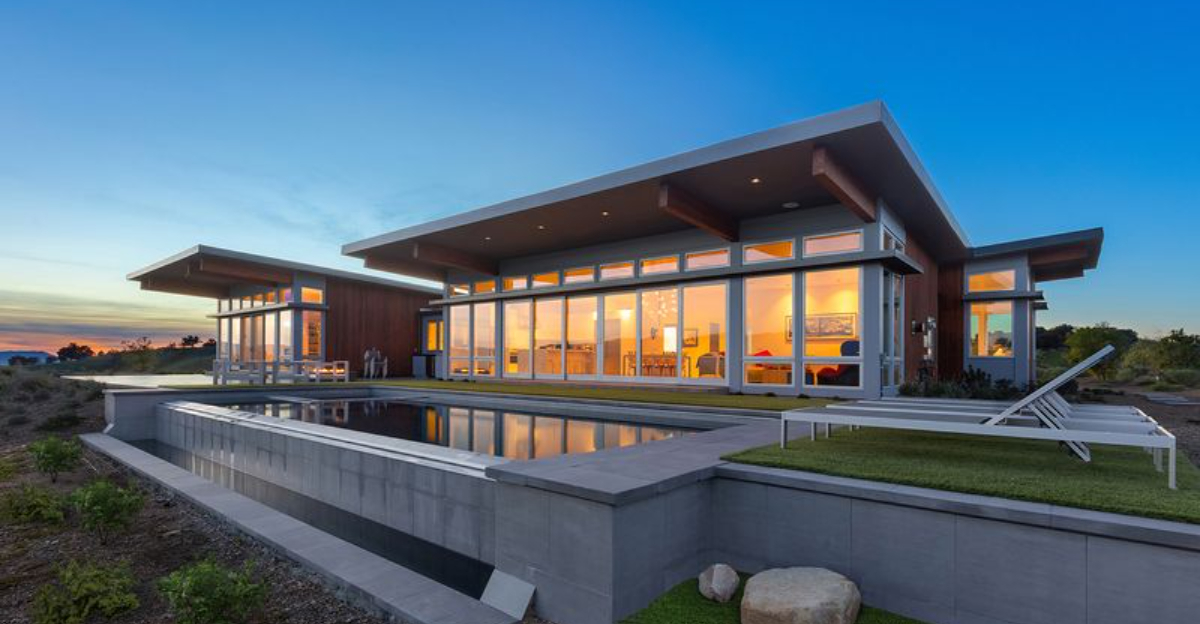
Washington state’s architectural landscape is as diverse as its geography, from rain-soaked Seattle to the sun-drenched eastern plains. As a home design enthusiast who’s trekked through every corner of the Evergreen State, I’ve fallen head over heels for its unique residential character. Join me as we explore eight timelessly charming Washington house styles that often fly under the radar, plus six designs poised to dominate the market in 2025!
1. Victorian Farmhouses
Ever stumbled upon a gorgeous white farmhouse with ornate trim that made you want to abandon city life immediately? Washington’s Victorian farmhouses blend practical rural living with unexpected decorative flair.
I once spent a weekend in a restored 1890s beauty near Skagit Valley, complete with wraparound porch and gingerbread trim that had me snapping photos like a tourist. The tall windows designed for natural cooling and spacious layouts accommodating large family gatherings remain remarkably functional today.
Unlike their fussier urban cousins, these agricultural gems offer simplified Victorian charm without sacrificing character.
2. Craftsman Bungalows
Nestled throughout Seattle’s older neighborhoods, Craftsman bungalows capture my heart with their handcrafted details and earthy connection. Their low-pitched roofs with wide eaves seem to welcome you with open arms, much like the friendly Washingtonians who call them home.
Walking through Capitol Hill last autumn, I counted seventeen different porch column designs in a single afternoon! The signature exposed rafters and built-in cabinetry aren’t just gorgeous—they’re practical solutions for Pacific Northwest living, offering protection from rain and maximizing interior space.
These homes whisper stories of skilled artisans who rejected mass production for something more soulful.
3. Dutch Colonial Revivals
My fascination with Dutch Colonial Revivals began when I discovered their secret superpower: those magnificent gambrel roofs that transform attics into genuinely livable spaces! These architectural chameleons blend into established neighborhoods while hiding surprising interior volume.
Last spring, I toured a 1920s Dutch Colonial in Tacoma with dormers peeking out like friendly eyes. The homeowner laughingly confessed she’d converted the expansive attic into a painting studio with more square footage than her downstairs living room. Their symmetrical facades and central doorways create an instant sense of balance.
Practical yet distinctive, these homes offer traditional charm with modern spatial possibilities.
4. Mid-Century Ramblers
Confession time: I used to dismiss ramblers as architectural afterthoughts until I experienced a 1958 Bellevue beauty that changed everything. Washington’s mid-century ramblers aren’t just homes—they’re love letters to horizontal living with their sprawling single-story layouts and deep connection to outdoor spaces.
The owner had preserved the original mahogany paneling and massive picture windows framing spectacular territorial views. Unlike their California counterparts, Washington ramblers often feature lower-pitched roofs to handle snow loads and generous overhangs that shield windows from relentless winter rain.
These understated beauties prioritize function while delivering surprising moments of mid-century magic.
5. Pacific Northwest Modern
Standing inside a Pacific Northwest Modern home feels like wearing the forest as a sweater—in the best possible way! These architectural marvels with their walls of glass, exposed wood beams, and dramatic rooflines create living spaces that blur the boundary between indoors and the magnificent Washington landscape.
My jaw literally dropped visiting a friend’s PNW Modern in Issaquah, where floor-to-ceiling windows transformed a rainstorm into living art. Architects of these homes brilliantly balance modernist principles with regional materials like cedar and fir, creating spaces that feel simultaneously contemporary and timeless.
Their integration with surrounding terrain makes them appear to have grown naturally from the landscape.
6. Converted Fishing Cottages
Along Washington’s rugged coastline, humble fishing cottages have evolved from utilitarian shelters into charming retreats that capture maritime heritage. My weekend in a renovated 1930s cottage near Port Townsend remains one of my favorite getaways—where whitewashed shiplap walls and built-in bunks honored the original character while feeling thoroughly refreshed.
These modest structures typically feature practical elements like elevated foundations (hello, storm surges!), weather-resistant cedar siding, and compact floor plans that maximize views. The cottage owner showed me how original fishing net hooks had been repurposed as quirky coat hangers.
Their unpretentious character offers a refreshing alternative to oversized beach mansions.
7. Converted Barns
My heart skips a beat whenever I spot the distinctive silhouette of a converted barn home against the rolling hills of Eastern Washington. These agricultural transformations preserve rural heritage while creating breathtakingly open living spaces beneath soaring rafters.
The most extraordinary conversion I’ve toured belonged to a winemaker near Walla Walla who maintained the weathered exterior of her 1920s dairy barn while crafting a sophisticated interior that showcased original beams and hayloft doors. Smart architects integrate modern amenities while preserving structural elements that tell the building’s story.
What makes these conversions special is their authentic connection to Washington’s farming legacy.
8. Floating Homes
Forget everything you thought you knew about houseboat living—Seattle’s floating homes community represents architectural innovation that’s simultaneously quirky and sophisticated. My first visit to Lake Union’s floating neighborhoods left me utterly enchanted by these bobbing showpieces.
A landscape architect friend’s 900-square-foot floating gem demonstrated brilliant space utilization with built-in storage disguised as seating and a rooftop garden that doubled as insulation. These aquatic dwellings have evolved from rustic shacks to architectural statements featuring sustainable technologies like rainwater collection systems and solar arrays.
Their close-knit community creates a village-like atmosphere that’s increasingly rare in urban settings.
9. Passive Houses
Move over, conventional construction—Passive Houses are revolutionizing Washington’s residential landscape with their mind-boggling energy efficiency! After touring a certified Passive House in Olympia last winter, I stood speechless in a 72-degree living room that maintained perfect temperature without running heat, despite the frigid weather outside.
These revolutionary homes utilize super-insulation, airtight construction, and strategic solar orientation to slash energy consumption by up to 90%. Washington’s climate makes these homes especially attractive, as their moisture management systems tackle our infamous dampness head-on.
By 2025, I predict these homes will dominate new construction as energy costs continue rising and climate consciousness grows.
10. Accessory Dwelling Units
Small is becoming spectacular in Washington’s housing market! ADUs—those charming backyard cottages, converted garages, and basement apartments—are transforming from mere rental units into architectural statements that maximize every square inch.
Last month, I gasped audibly when entering a 400-square-foot backyard cottage in Ballard that ingeniously incorporated a Murphy bed that transformed into a dining table, sliding walls that reconfigured spaces, and ceiling storage that disappeared when not needed. As housing costs skyrocket and families seek multigenerational living solutions, these compact dwellings offer affordability without sacrificing style.
Their small environmental footprint aligns perfectly with Washington’s green values.
11. Mass Timber Construction
Washington’s abundance of sustainable forestry is fueling a wooden revolution in residential architecture! Mass timber construction—using engineered wood products like cross-laminated timber—is creating homes that feel like modern treehouses while outperforming traditional materials.
Recently, I ran my hands along the exposed CLT ceiling of a new Tacoma townhome, marveling at how the warm wood elements created an instant connection to nature despite the urban setting. These structures sequester carbon, support local timber industries, and create healthier indoor environments with natural humidity regulation.
With Washington’s updated building codes now embracing mass timber, expect to see these distinctive homes dominating neighborhoods by 2025.
12. Courtyard Houses
Remember when backyards were our private sanctuaries? As Washington neighborhoods grow denser, courtyard houses are emerging as brilliant solutions for creating private outdoor spaces surrounded by living areas—a design I’m betting big on for 2025!
Last summer, I enjoyed cocktails in a friend’s Seattle courtyard home where floor-to-ceiling glass walls surrounded a spectacular central garden complete with Japanese maples and a small reflecting pool. These designs brilliantly address urban privacy concerns while maximizing natural light from multiple directions.
Their Mediterranean and Asian-inspired layouts create microclimates that extend outdoor living seasons in our rainy state.
13. Prefab Modular Homes
Forget those boxy double-wides of yesteryear—Washington’s modern prefab homes are architectural showpieces built with factory precision that on-site construction simply can’t match! After touring Method Homes’ production facility in Seattle, I watched in awe as modules for a stunning San Juan Islands residence came together with millimeter-perfect joinery.
These homes arrive 90% complete, dramatically reducing construction time and site disruption. Washington’s challenging terrain makes prefab particularly attractive, as modules can be delivered to remote locations where traditional building would be prohibitively expensive.
Their combination of quality control, sustainability, and reduced labor costs positions them to dominate 2025’s housing market.
14. Adaptable Multi-Generational Homes
Family dynamics are evolving, and Washington’s housing market is responding with brilliant multi-generational designs that accommodate everyone from boomerang kids to aging parents! I recently visited a Kirkland home featuring a ground-floor suite with separate entrance, kitchenette, and universal design elements that could serve various purposes throughout the family’s lifecycle.
Smart architects are incorporating movable walls, stackable units, and separate systems that allow for togetherness or privacy as needed. These homes often feature multiple primary suites rather than the traditional primary-plus-secondary bedroom hierarchy.
With housing affordability challenges and changing cultural preferences, expect these flexible designs to dominate by 2025.

